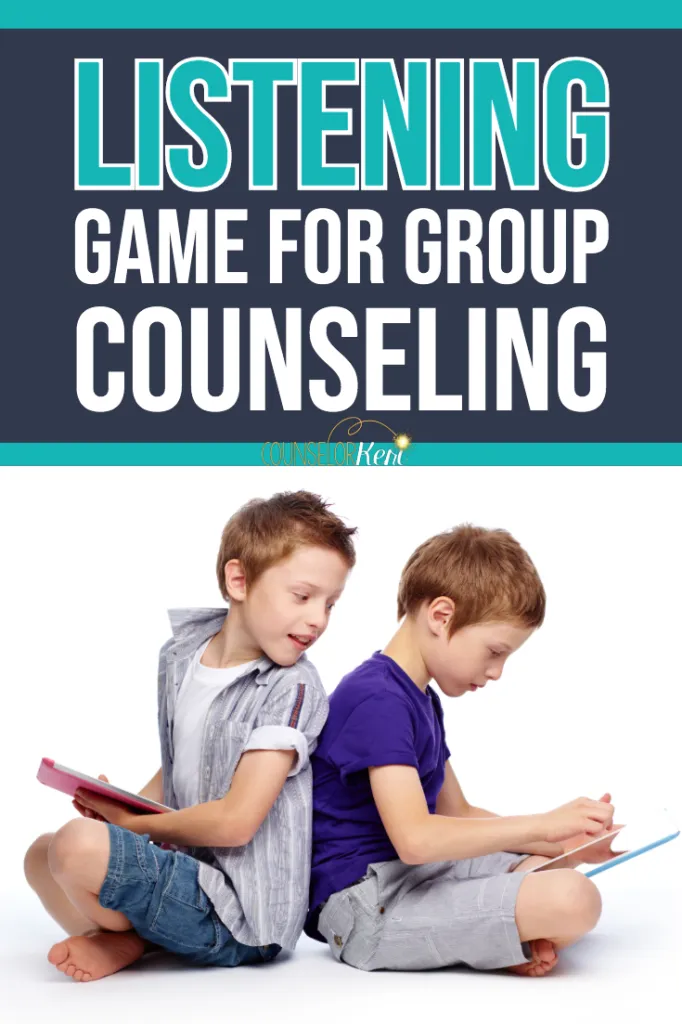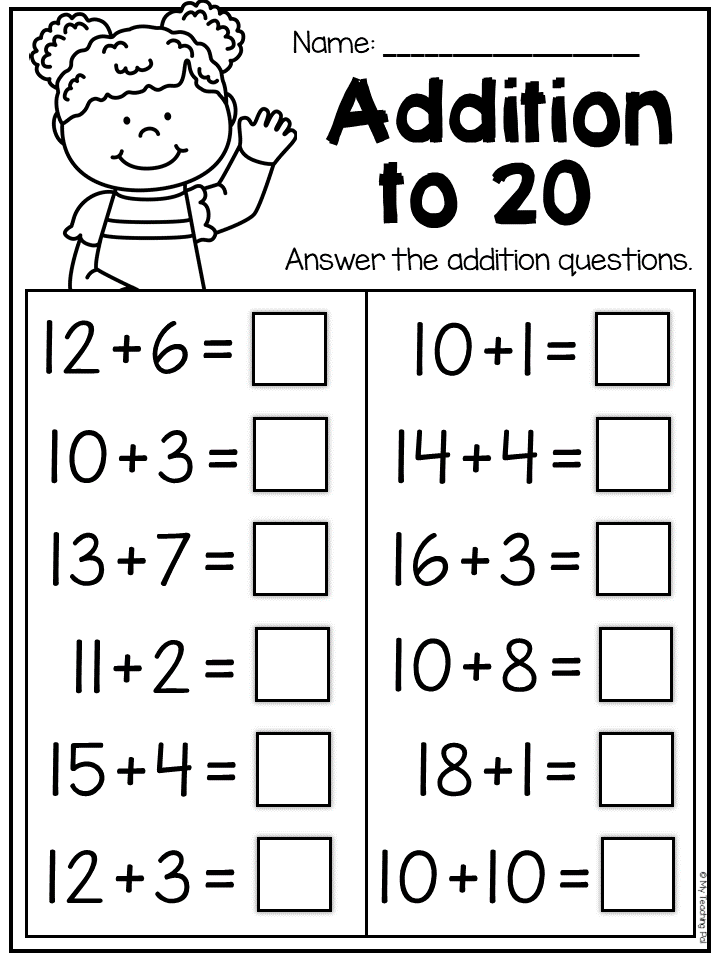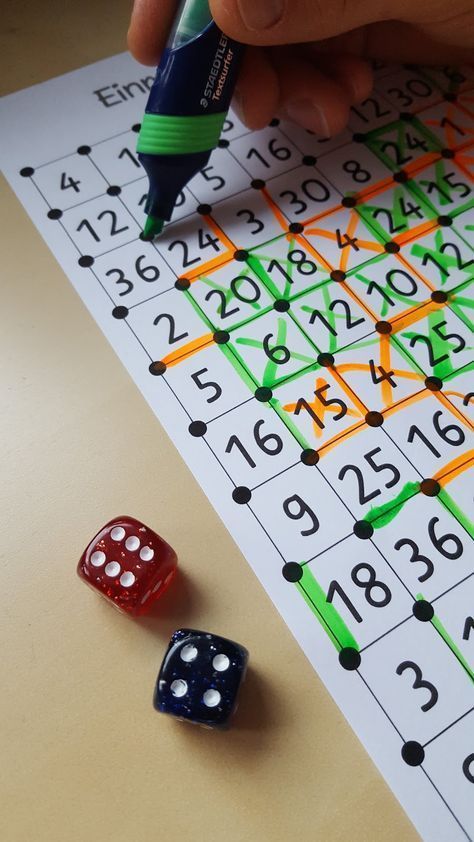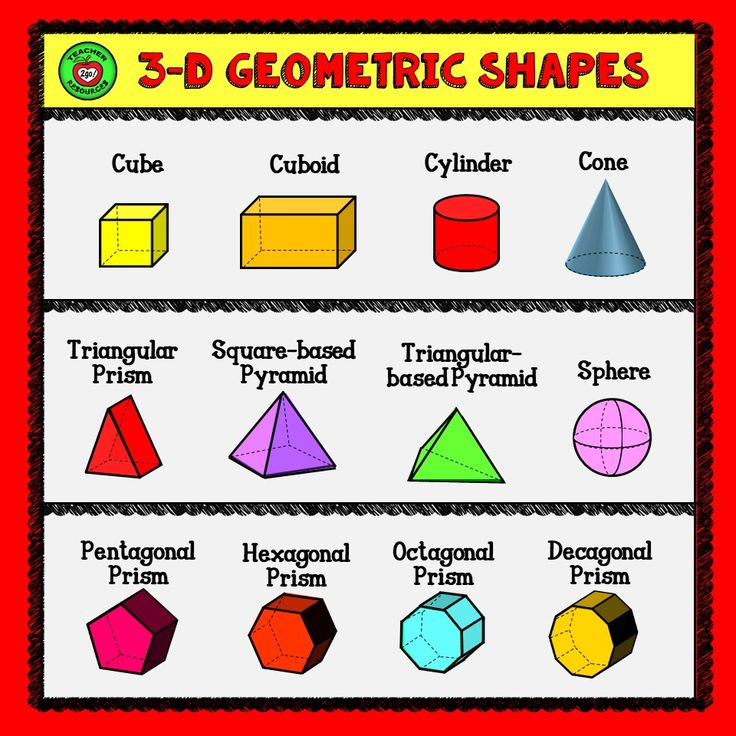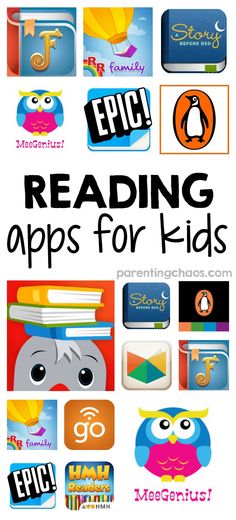Social skill lessons for elementary
Try These 5 Great Social Skills Activities for Students & Groups
Working as a school psychologist in the public school system for many years, I sometimes heard school counselors asking for advice about which social skills activities they should do with their students
Children in the group often had difficulty with skills such as:
- listening
- waiting their turn in conversation
- staying on topic
- sharing materials
- understanding another person’s feelings
- getting along with others
- resolving conflict
- appropriately expressing their own feelings
This article gives five suggestions for social skills activities for students and groups.
You may think these activities are more appropriate for elementary-age students but I think they can really be adapted for younger and older groups.
Activities can also be modified for a one-on-one situation such as parent/child or counselor/student.
What the research says about social skills instruction: Phillip C. Kendall, Professor of Psychology, reported the positive effects of using modeling and role playing, and teaching self-evaluation when teaching social skills.
Further research, such as Social Skills Training for Teaching Replacement Behaviors: Remediating Acquisition Deficits in At-Risk Students, confirms the benefits of intense social skills instruction.
Interactive Social Skills Books for Kids
5
Great Social Skills Activities for Students1. Use engaging conversation, demonstration, role-play and/or visuals to teach students what social skills are and why we need to use them.
See an example of social skills below:
When first introducing kids to a social skills group it is a good idea to have them understand what social skills are and why they are important.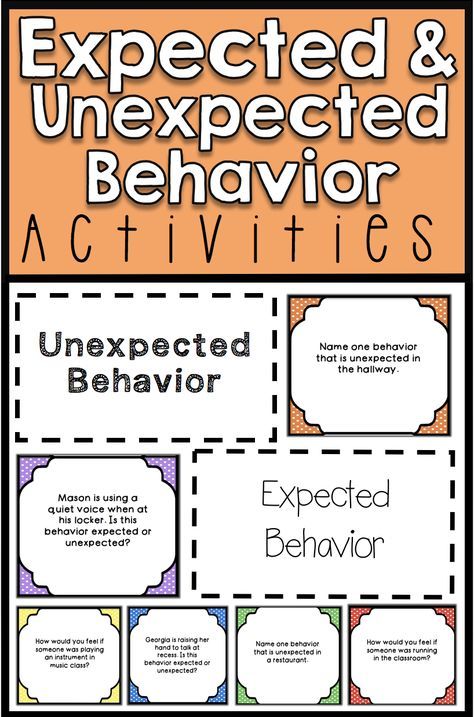
As a starting activity, write down different social skills (such as the ones from the list above) on individual slips of paper and put them in a bowl, hat, etc.
Have your students sit in a circle and pass around the slips of paper, taking turns pulling them out of the bowl one at a time.
When the student pulls the slip of paper from the bowl, ask them to say what the social skill means, have them give an example, and/or ask them to tell the rest of the group why that skill is important.
Give as much guidance and support as your students need to answer the questions. You may want to go first, to show the students how to do this activity.
Here is an example:
If a student picked “sharing materials” she could say “That means to let someone use something that you are using.
For example, if I am coloring with crayons I can let my friend borrow my crayons and color with me. Sharing is important because it shows others that you care about how they feel.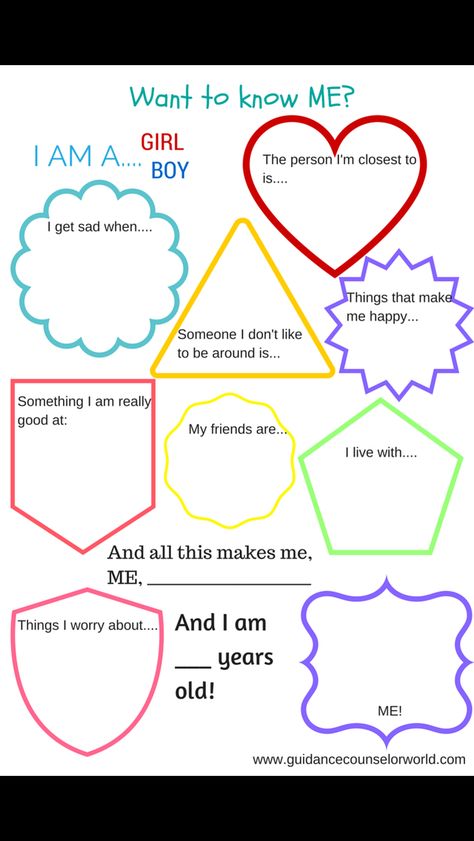 Part of being a good friend is sharing.”
Part of being a good friend is sharing.”
You could even have students act out the skills. So in this example, you can have one of your students pick materials to share with the other members of the group.
You can also let students create their own drawings of the skill you are talking about. To give you an idea of what I mean, below is a drawing of sharing:
Depending on the students’ skill and age level, frustration tolerance, and ability to sustain attention, you can do all of the suggestions I mentioned in this activity or just one.
You can break this into several lessons by only doing a few social skills at a time.
You also might want to add some skills that are not on the list such as showing empathy, staying on topic in conversation, and using manners.
Recommended Article: 15 Behavior Strategies for Children on the Autism Spectrum
2. Use games and fun activities to practice sharing, turn-taking, listening, following directions, encouraging others, and being polite.

In the video below, the therapist uses bubbles as the prop. Other objects can be used to tailor this activity to students of different ages.
Imagine implementing this same lesson but using activities such as shooting a basketball in a net, playing with a remote control car, doing an activity on the computer, etc.
Recommended Article: 8 Fun Activities to Practice Social Skills with Your Child
3. Use conversation starters to create a dialogue between students or between counselor and student.
Then the youth is supposed to ask another person a question related to the topic they pick, and the other person is to ask a related question back.
This activity allows students to practice listening, taking turns in conversation, staying on topic, and expressing interest in another person’s thoughts, ideas, and/or life.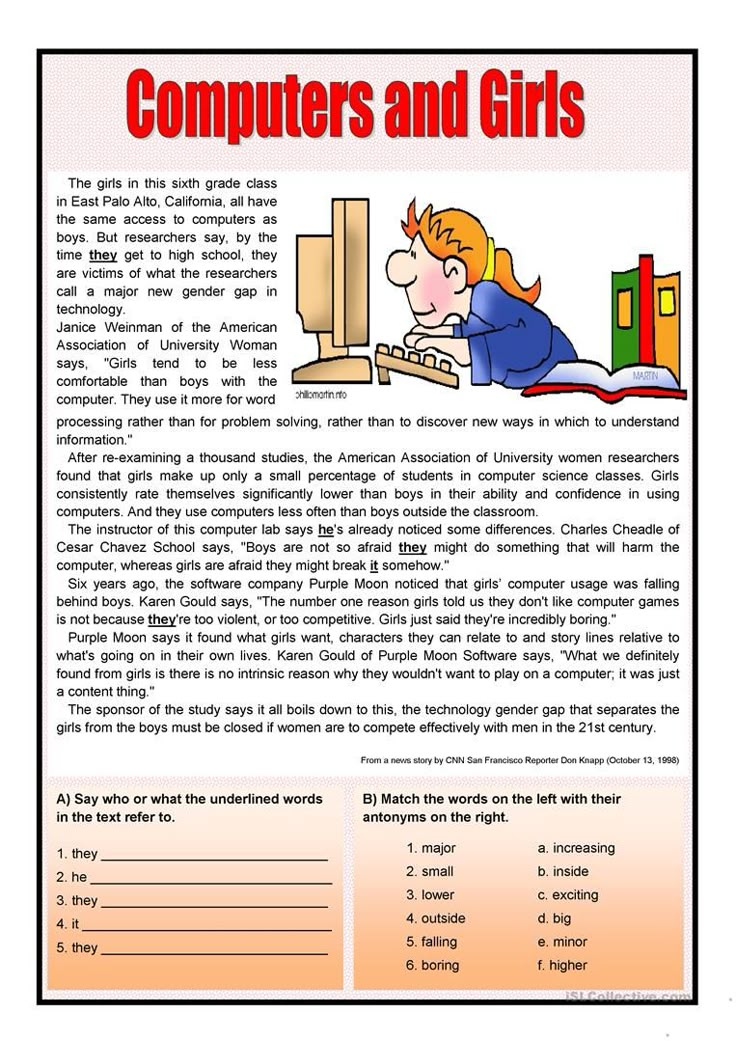 See examples in the video below.
See examples in the video below.
The counselor in the video below encourages the students to pick a topic from a slip of paper in a cup (e.g., friendship, fears, favorite activities, etc..)
4. Teach what is means to be a friend.
This next video gives you great ideas for how to talk to children about what it means to be a friend.
After you show the video, have your students:
- tell you what they learned about being a friend
- draw a picture that shows someone being a friend to another person
- and/or practice one of the skills in the video
For example, this video mentions being a good listener and sharing as two of the things good friends do, so as part of the lesson have your students practice listening to each other and/or sharing items.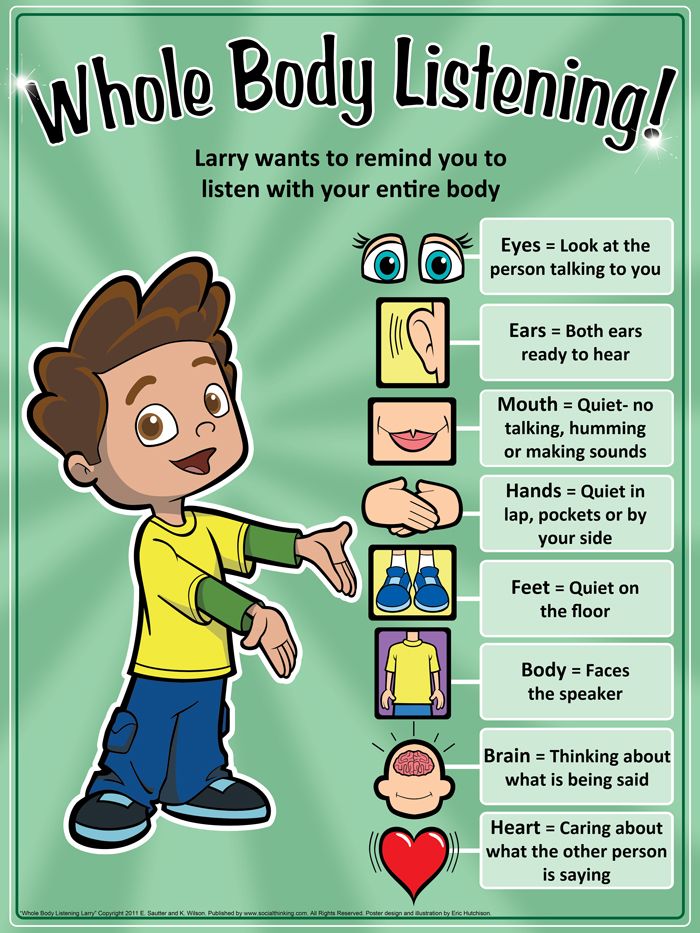
Talk to your students about what it means to be an active listener (e.g., looking in the direction of the person who is talking, waiting your turn to speak, responding to what the person said, trying to understand how the other person might be feeling, etc.).
The “What it means to be a friend” lesson could be a great segue into the lessons above which hone in on sharing skills and conversation skills.
Related Article: How to End Bullying Part 1: 19 Tips for Parents and Teachers
5. Practice complimenting each other.
Speaking of being a good friend, complimenting others (a great friendship skill) is another nice activity to do with your group.
Set the expectations from the beginning that only kind words and respect for each other is allowed in the group.
For this activity, you could go around in a circle and have each student say something nice about someone else in the group.
To make sure everyone gets a turn to be complimented, put people’s names on slips of paper in the bowl and have them pass it around taking turns pulling out names.
This activity will get easier as the students get to know each other better.
If the students just met and are not sure what to say about each other, allow them to say something nice about a family member or friend outside of the group.
As the group gets to know each other, the compliments should be about the group members.
Side Note: To teach self-evaluation, discuss how you and your student(s)/client(s) did during each activity. Give specific feedback about what went well and discuss areas that need improvement.
Let your clients share their own thoughts and perceptions about how they did during the activity. Encourage your clients to think about their own behavior when they are involved in similar real-life scenarios.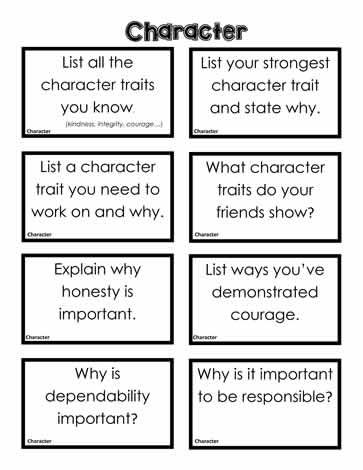
Model Me Kids produces dozens of videos to teach/model social skills that can help children develop better relationships.
Video modeling is a research-based practice. You can view more of the Model Me Kids Video Program here. Below is a sample video.
Recommended: Become a Certified Self-Esteem Coach for Children
Education and Behavior – Keeping Us on the Same Page for Kids!
More Articles to Help with Social Skills
- 5 Great Activities to Do with Your Social Skills Group (Adolescents/Teens)
- Tips to Help a Child Not Be Alone at Recess or in the Cafeteria
- 5 Great Games to Play in a Social Skills Group
- 10 Great Books to Teach Social Skills to Children
- What Does Research Say About How We Can Teach Children to Have Empathy?
- 3 Research-Based Programs That Improve Social-Emotional Skills in School-Aged Children
- Engaging Social Studies Curriculum Shows Promise for Improving Social Skills in Students with Emotional and Behavioral Needs
- Interactive Book Helps Kids Understand the Power of Positive Choices!
- Theatre Teacher Shares Three Techniques to Increase Empathy in Students
- 5 Great Books to Teach Young Children About Empathy
- 9 Practical Strategies to Decrease Impulsive Behaviors in Children
- Roots of Empathy: A Research-Based Program that Counters Bullying
- 8 Fun Activities to Practice Social Skills with Your Child
8 Important Social Skills For Kids And How To Teach Them
Teaching social skills for kids is one of the most complex, confusing, but rewarding aspects of raising young children.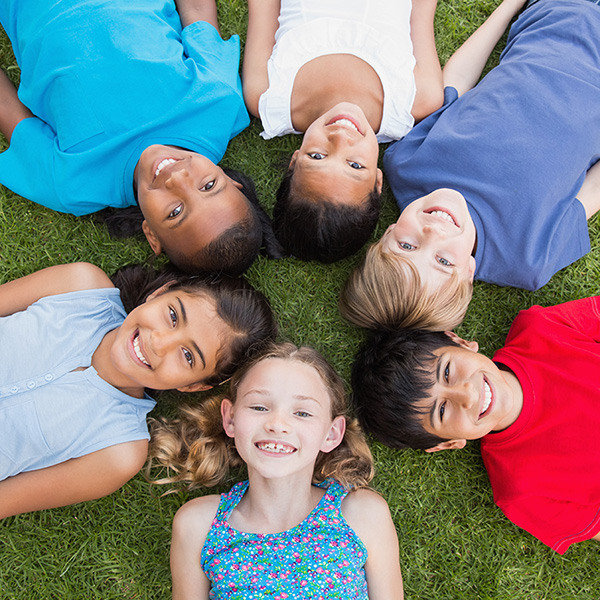
It’s no secret that preschoolers and kindergarteners are naturally egocentric. Even when playing or interacting with others, many children have difficulty sharing, empathizing, collaborating, and cooperating.
HOMER is here to help you learn eight of the most important social skills for kids, as well as how to incorporate them into your family life.
8 Important Social Skills For Kids
1) Sharing
Sharing is a part of daily life. That doesn’t mean it’s easy!
Sharing is a difficult concept for young children to get behind. Toddlers, preschoolers, and kindergarteners have a particularly difficult time, as they are more focused on their needs and desires than the needs and desires of others.
This is normal. The feeling that something “belongs” to them is typically much stronger than their desire to please others.
Even though it’s hard to share, doing so is critical to a child’s social skill development, as it helps them keep and advance friendships.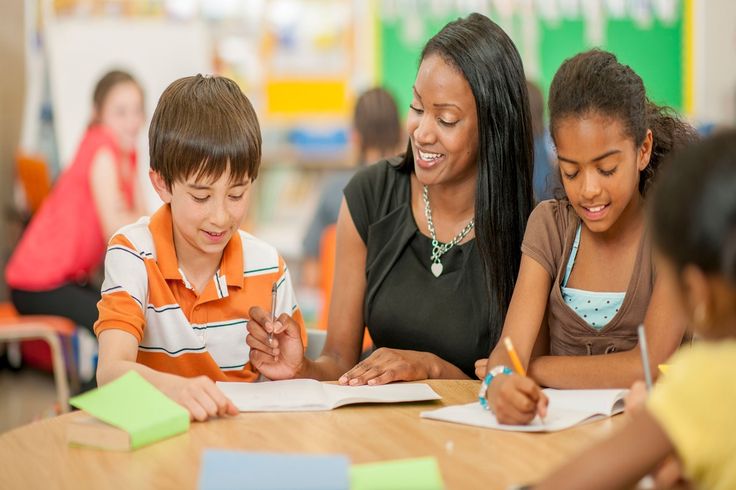 It’s also a great way to bond and show appreciation.
It’s also a great way to bond and show appreciation.
2) Listening
Active listening is an important skill that even some adults struggle with. Properly deciphering and absorbing information requires significant focus.
We all know this can be challenging for young kids, but active listening can strengthen their receptive language skills (the ability to comprehend spoken language).
Receptive language skills help your child:
- Handle social interactions
- Answer questions
- Understand stories
- Comprehend what they’re reading
- Understand gestures
While developing their social skills, your child will come to see how important it is to actively listen when others are speaking.
Paying attention to what someone is saying and responding directly to their statements or questions is a big part of healthy communication.
3) Following Directions
The cousin of good listening skills would be executing the instructions your child heard — a.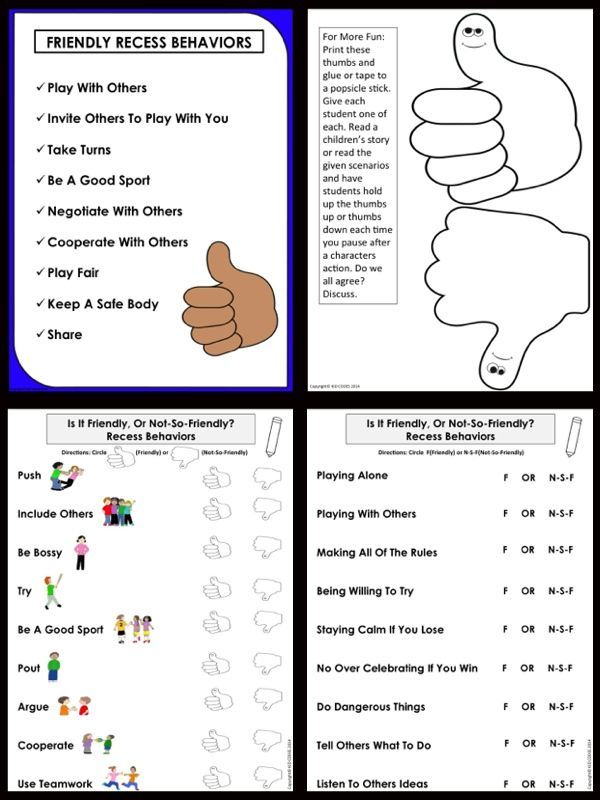 k.a., following directions!
k.a., following directions!
Following directions becomes particularly important once your child enters into their school years.
It’s one thing to follow directions at home with their parents where they’re innately comfortable; it’s another task entirely to follow directions from adult authority figures they may not know well.
Your child will learn how listening and following directions overlap with one another. If they listen well, it becomes easier for them to follow directions accurately. And when they follow directions accurately, they’ll often be rewarded for their hard work!
Keep in mind, however, that multi-step directions are challenging for young children. To help them develop the ability to follow directions, give them one direction at a time.
4) Collaborating And Cooperating
Similar to sharing, your child will learn how to move beyond sharing objects to sharing ideas, stories, and work.
With good collaboration and cooperation skills, children will learn that working in a group gives them a chance to express their ideas and listen to the ideas of others. It allows them to see that it can be fun to work on a shared project!
It allows them to see that it can be fun to work on a shared project!
This may sound simple, but for young children, cooperation can often require real effort. It will take time for them to learn to respect others’ opinions even when they’re different.
By working together toward a common goal, kids can advance their sharing skills to include both intellectual and physical (think: cleaning the dinner table with a sibling) feats.
5) Patience
How many times have you heard the cliche, “Patience is a virtue”? Well, we are here to say it one more time!
It’s normal for young children to be impatient. However, patience really is one of the most rewarding social skills for kids.
Patience is critical for many things, including maintaining friendships and relationships and achieving big goals that can only be completed over an extended period of time.
This is where the concept of delayed gratification comes into play. When you help your child understand that good things often take time (not everything in life is microwaveable!), you nurture them into a patient person.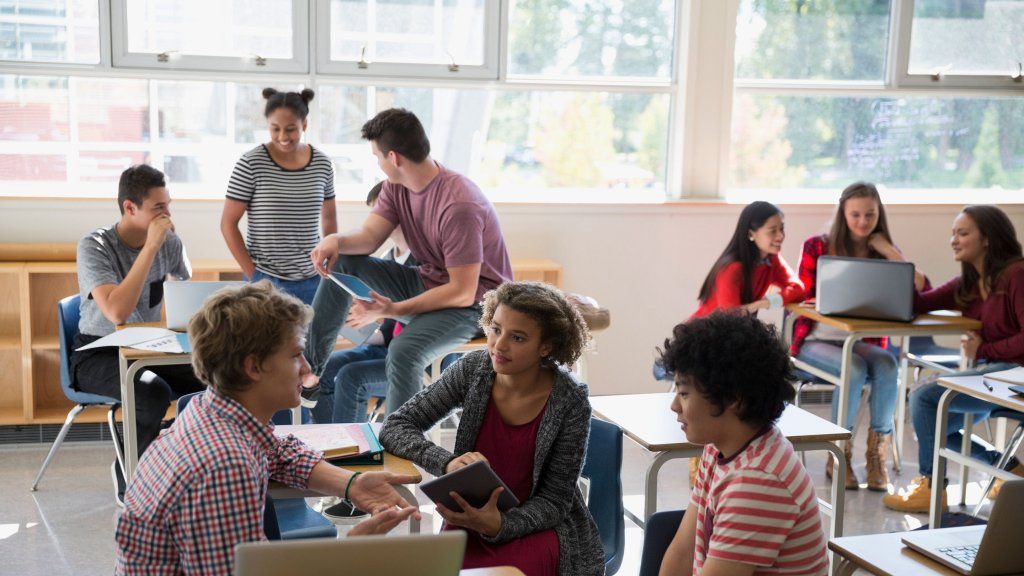
Learning patience takes practice and, you guessed it, patience! Trust that it will come with time (as everything does).
6) Empathy
When we say “empathy,” we’re referring to the traditional definition — the ability to understand and share the feelings of another.
Your child will learn how to appreciate the similarities and differences between their lives and those of people they meet. They will also learn how to empathize with these people, no matter how different they are.
For young children, this can mean small gestures.
For example, if their friend or sibling cries because your child is playing with a specific toy, your child may pause and say, “I know you want to play, too. Don’t be sad. We can take turns!”
But this sense of empathy will likely not appear overnight! Empathy develops over time and across a variety of scenarios.
The easiest way to promote your child’s development of empathy is by showing it in action. When you extend grace to your child often, they will learn how to extend it back.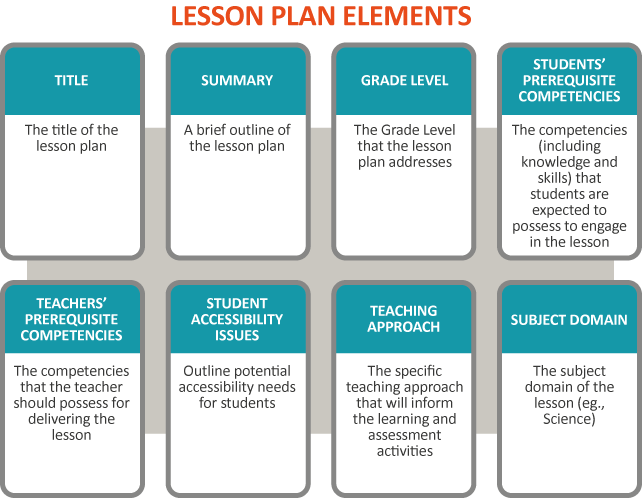
7) Respecting Boundaries
Some people require different emotional and physical boundaries than your child.
This can be a particularly difficult concept to learn, especially for very young children who receive most of their socialization from within the household.
Likely, if your child is extroverted, they may assume everyone is OK with hugs, questions, or lots of chit-chat. In some cases, they may be right! In others, they may accidentally cross boundaries in their efforts to be friendly.
Teaching your child how to ask permission and identify boundaries helps them establish a sense of respect between themselves and others. The same goes for helping them establish boundaries for themselves.
Let your child know that it’s OK to say no to hugs, kisses, or other displays of affection from someone — no matter who it may be — if they feel uncomfortable. Model this idea by asking questions yourself (“Would you like a hug?”).
When they make their boundaries clear and ask for others to do the same, it will make both parties feel much more at-home.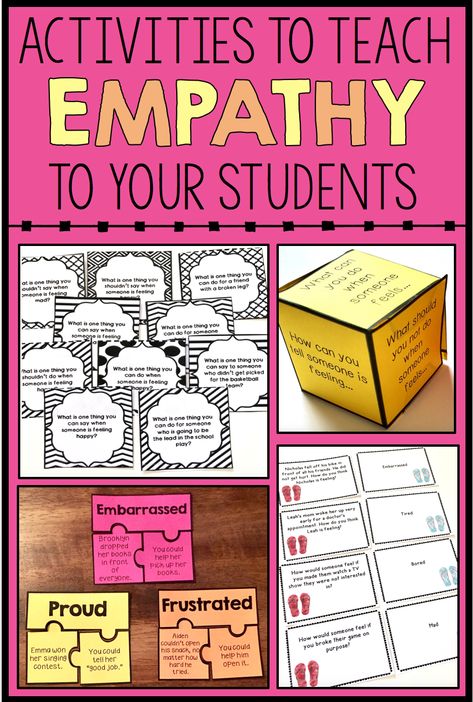
8) Positivity
Working on positivity can make it exponentially easier for your child to tackle many of the other social skills for kids we’ve mentioned, especially patience, boundaries, listening, and sharing.
With a positive attitude, your child will find it easier to make and keep friends, succeed in school, and achieve their goals.
The easiest way to demonstrate positivity is by modeling it. The more positive you are about your child’s social skill development (including their inevitable slip-ups), the more reassured and positive they will become themselves.
This doesn’t mean you have to be positive all the time. In fact, a healthy amount of honest criticism can be beneficial in helping your child learn to express their feelings.
To do this, start with your own emotions. Let them know how you’re feeling and how you’re managing it in real time if you can. Kids need to know it’s OK to be sad, angry, or mad sometimes and how to handle it.
How To Teach Social Skills To Kids
Now that you know what social skills for kids to include, how do you go about teaching them at home? Let’s take a look!
Normalize Mistakes
Your child should know that you do not expect perfection.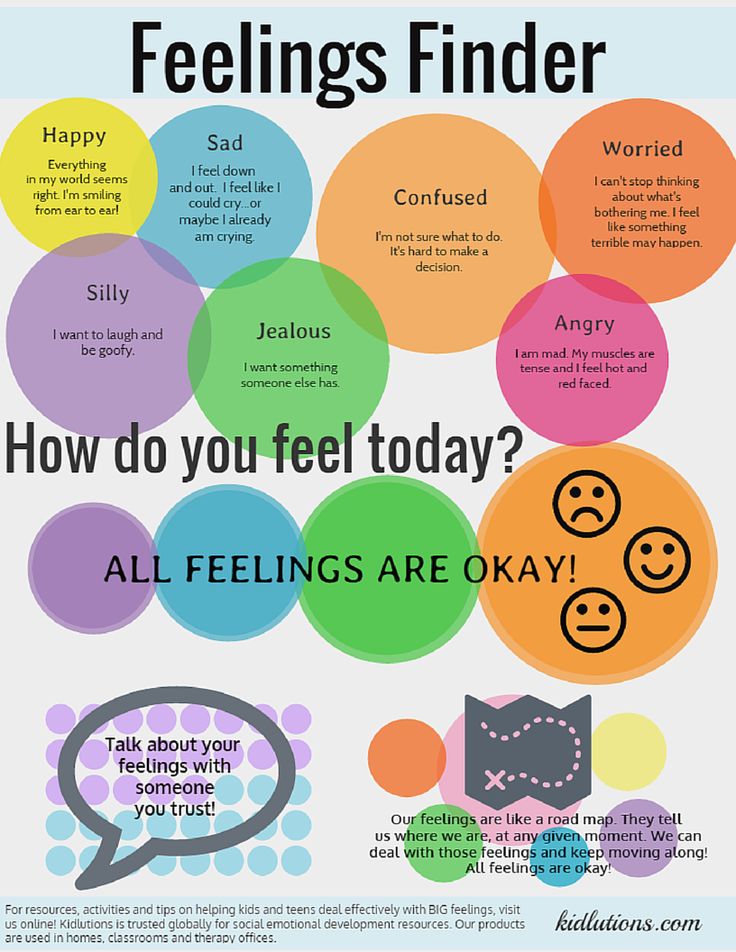 There is no way to execute all of these social skills every time, everywhere, without mistakes.
There is no way to execute all of these social skills every time, everywhere, without mistakes.
That is OK! In fact, it’s encouraged. Mistakes are normal; they’re how we learn what went right or wrong.
Make sure you normalize this for your child. If they know all humans learn lessons this way, it’ll be easier for them to push through the sting of a mistake and try again.
Encourage Sharing (Without Violating Boundaries!)
Although sharing is great and should be encouraged, there may be some things that are special to your child that they don’t want to share. This can be especially true of stuffed animals, blankets, or special toys.
This is OK, too! It’s great for your child to set boundaries that you and other children respect. To encourage sharing, try not to force it.
Encouraging without forcing also demonstrates to kids how boundaries can be created, acknowledged, and respected between people.
This will motivate them to share with those around them by taking comfort in the fact that what is special to them has been kept sacred and separate.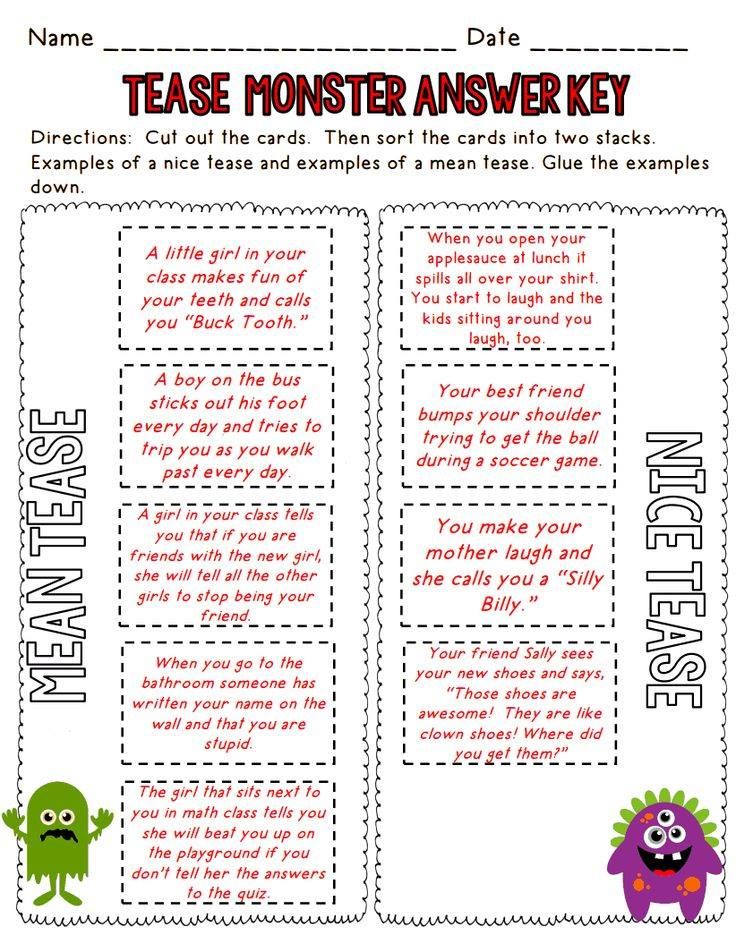 It will also encourage them to be direct about their and others’ boundaries when it comes to play, school, or emotional issues.
It will also encourage them to be direct about their and others’ boundaries when it comes to play, school, or emotional issues.
Check Their Listening
During social interactions within your own family or outside of it, pay attention to your child’s listening skills. You can observe them to see if they are listening carefully.
Do they seem engaged? Are the asking questions?
And remember it is just as important to listen to your child. This shows them that what they are saying is important and encourages them to listen to you in return.
Think About How You Give Directions
In teaching social skills for kids, the parent or authority figure is responsible for ensuring the directions they give are something a young child can execute successfully.
When giving instructions, be clear, firm, and gentle. As we mentioned earlier, children have a very difficult time executing tasks with many directions at once. Start with one direction at a time that your child can focus on.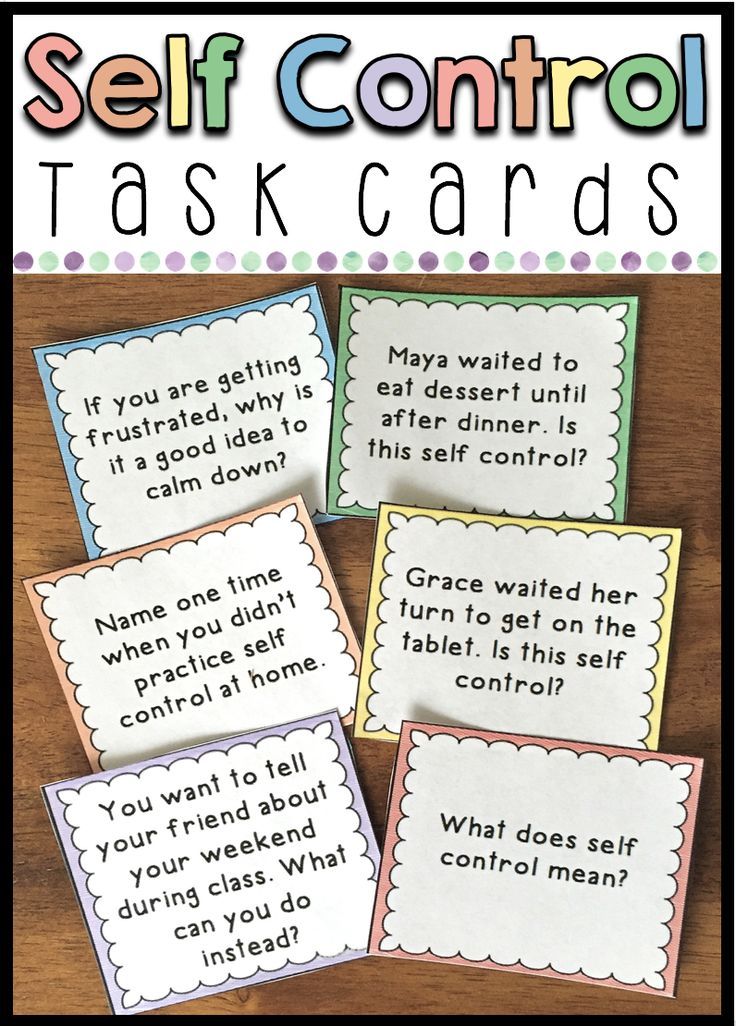
When giving instructions, have your child repeat what you want them to do. Only give an additional instruction when the first has been completed. Repeat until the task is complete.
Your child can give you directions, too! That way they have a sense of what it takes to delegate, manage, and execute a task from start to finish.
Give Empathy To Get Empathy
Show your child that you think about other people’s emotions, too! This is less of a teaching moment and more of an authentic display of empathy.
If you see that your child is expressing an emotion, validate it for them. “Oh, I see that you’re excited. I love that you’re so eager and happy to do this!”
You can acknowledge negative emotions, too. For example, you might say, “I know that must make you angry. Do you know how I can tell? What can we do together to make you feel less unhappy?”
This not only helps them feel seen and heard in the moment, but it also gives them a direct example of how to tackle empathy with others in similar situations.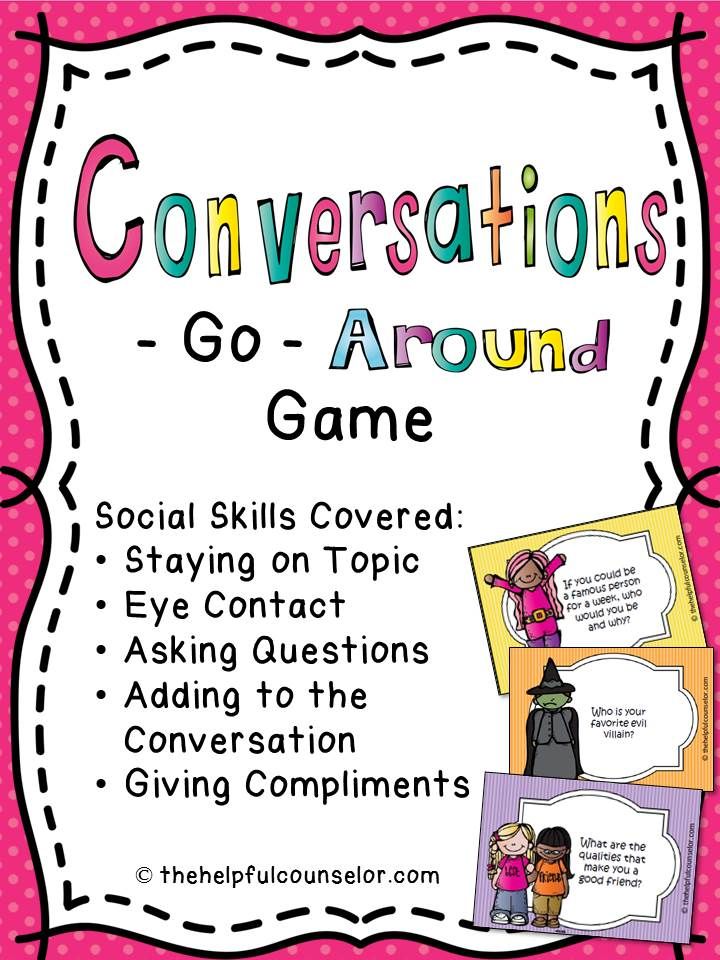
Social Skills For Kids Are Essential
The more your child experiences the benefits of social skills, the more intuitive these skills will become for them. However, all children learn at different rates. With practice (and patience!), we know they’ll get there.
The Learn with Sesame Street app is an effective tool that helps kids learn and develop their social and emotional skills. With the help of their Sesame Street friends, kids learn how to express their emotions, empathize with others, and create healthy relationships. Explore the Learn with Sesame Street app today!
Author
Social-emotional skills in school. Part 1.
As part of the project “University Environment for Teachers” of the Moscow City Department of Education, a program of several lectures was presented at the HSE Institute of Education, the participants of which were members of the Educational Spaces Design Studio.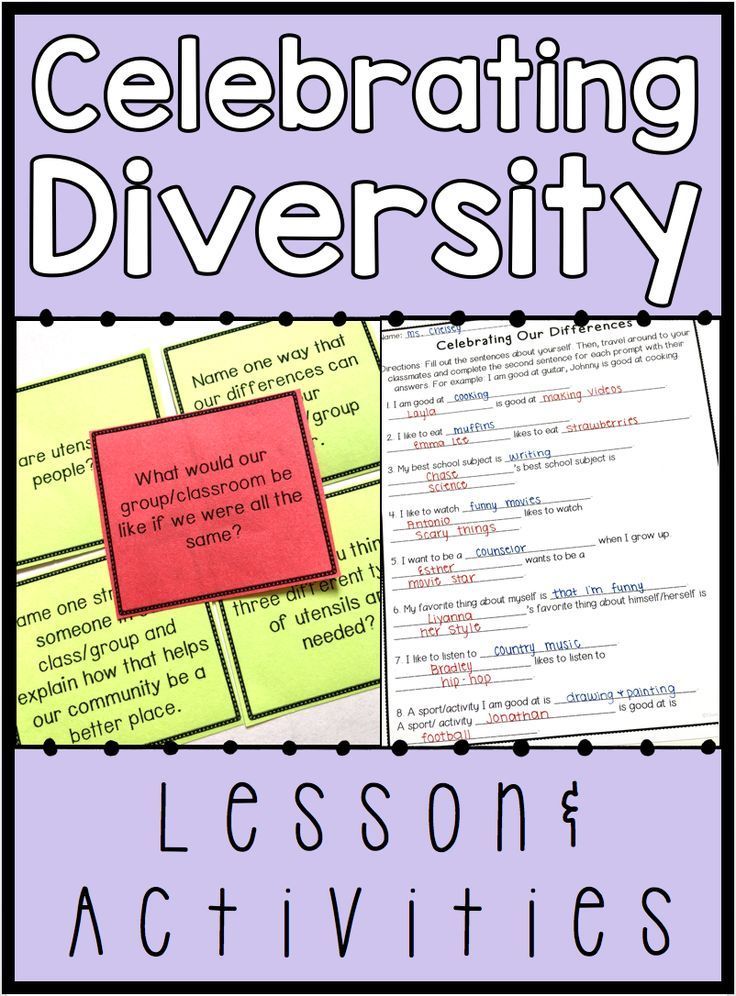 This article will focus on lecture “Forms of work in the classroom that contribute to the development of social and emotional skills of students” , author — Tatyana Kanonir , Associate Professor, PhD, co-director of the master's program “Measurements in Psychology and Education”.
This article will focus on lecture “Forms of work in the classroom that contribute to the development of social and emotional skills of students” , author — Tatyana Kanonir , Associate Professor, PhD, co-director of the master's program “Measurements in Psychology and Education”.
There has been a lot of talk lately about the importance of developing social-emotional skills. The educational standards of basic and primary schools in Russia require the formation of students, along with subject educational results, meta-subject and personal educational results. It is under personal educational results that social-emotional skills are hidden.
Social Emotional Skills (SES) are skills that enable people to recognize and manage their emotions, successfully manage conflicts, understand and empathize with others, establish and maintain positive relationships, follow ethics, contribute constructively to their reference communities, set and achieve goals.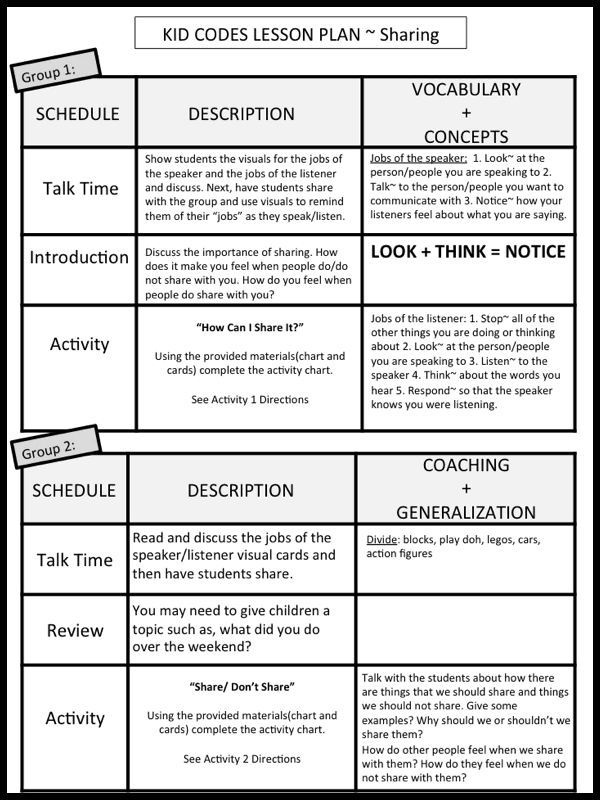
Different terms are used to refer to these “non-cognitive” skills: Soft Skills or “soft skills”, skills of the XXI century, emotional intelligence ... All of these concepts differ from each other in breadth of coverage and context of use, but have similar features: conceptual independence on cognition, total value for social adaptation, relative stability over time, potential change as a result of exposure , situational manifestation.
In this article we will focus on 2 social-emotional skills
- Achieving goals : working towards achieving short- and long-term goals, including in changing conditions:
- stability (ability to maintain stable work for a significant time),
- self-control (the ability to control one's state in the process of performing a task),
- striving for a goal (awareness of the need to achieve the goal - independent or set by the teacher).
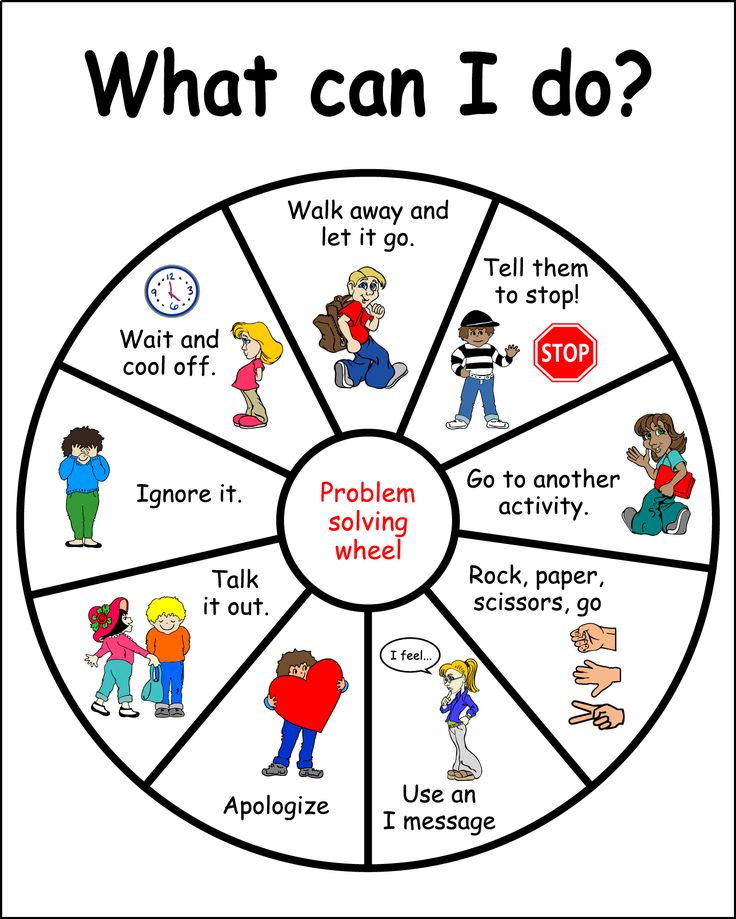
- Collaboration with other people
- sociability (ability to establish and maintain social contacts),
- respect (tact and respect for peers and adults, including those from other cultures),
- caring (disinterested assistance to the interaction partner).
Exercises to help teachers develop these social-emotional skills in students
1. Formation of the skill of achieving goals
Exercise : mutual assistance in achieving individual goals (conducted in small groups)
- The teacher begins the lesson by telling the children about the difficulties people often face in achieving their own goals and suggests the most general strategies for overcoming these obstacles, writing the main points on the board. For example, it could be a list like this:
- frustration (depending on the audience, a more understandable term may be used, such as depression) that the goal is too difficult.
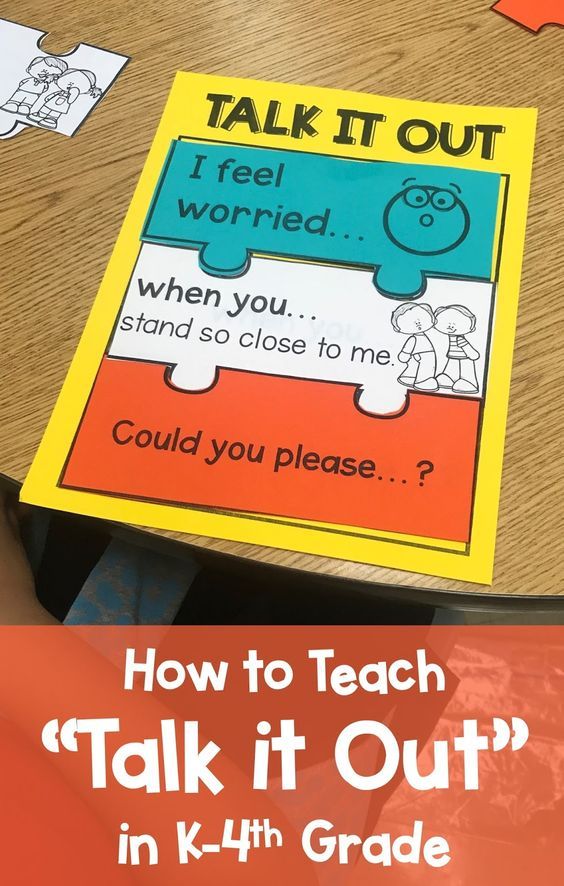 Possible strategies: relaxation, distraction, break from work.
Possible strategies: relaxation, distraction, break from work. - boredom . Possible strategies: set a shorter-term goal, give yourself a reward (such as a break or ice cream). too lazy to do the task. Possible strategies are: assign yourself a reward, think about how you will feel when you complete the task, or that if you do not study, you will let the whole group down.
- anxiety due to fear of failure . Possible strategies: remember situations in which everything worked out, relaxation techniques.
- frustration (depending on the audience, a more understandable term may be used, such as depression) that the goal is too difficult.
- Then the teacher formulates in writing an individual educational (or near-academic) goal for each of the children (it is better to do this work in advance) and divides them into groups.
- Children sit in a circle, each voices his goal and names the possible obstacles to achieving it. The rest of the group suggests possible solutions based on the information on the board or their own experience, and also try to suggest one action that they personally could help another child (for example, “I can call you on Friday and remind you that in you have to do the weekend…”, “I can call and find out how you are doing…”, “I can explain to you the material that you don’t understand…”, etc.
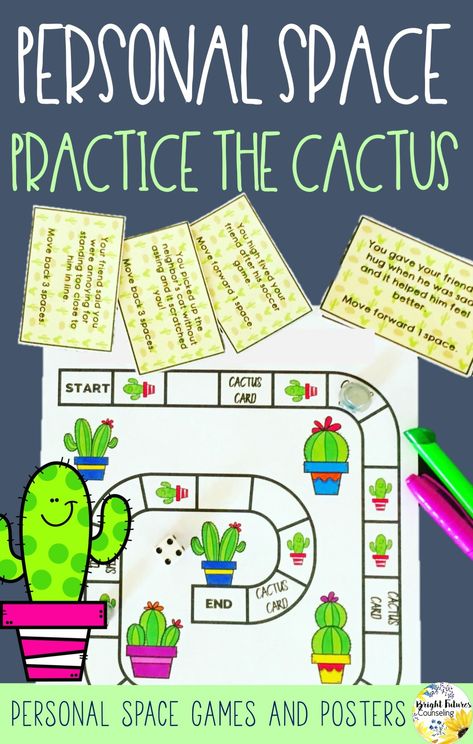 ).
). - In the next week, students discuss in groups their progress towards their goals, how they felt when they were helped by classmates, what kind of help was most useful.
Expected results : children learn to anticipate barriers to achieving a goal and think in advance about possible options for overcoming them, children learn to help others achieve their goals, ask for help and accept it.
2. Learning how to work with others
Exercise : learning together
projects - for example, to study material about a country, continent, scientist, physical phenomenon, etc.,
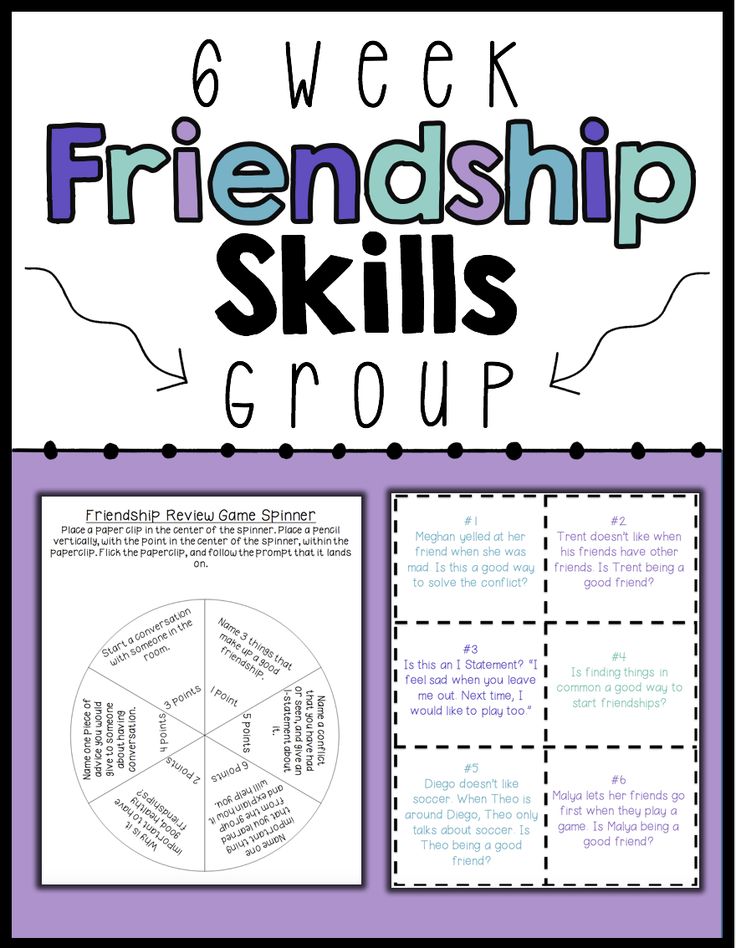
This exercise can have many variations, for example, “brain rings”, “debates” of representatives of different historical eras, etc.
According to the head of Educational Spaces Design Studio Rai Ivanovskaya, the task of forming and developing SES among students can definitely be solved with the help of designing the school space: forgot about the goals set (by the teacher or by themselves) - you can make a special stand in the class, on which they could write their goals, indicate the planned deadlines for achievement, indicate the expected obstacles and how they eventually coped with them. That is, this information is constantly “in sight” (the guys will not forget), and is also a demonstration of their success. In the event that someone does not cope with the task on their own, this is also visible and the teacher can “hint” to the students that their help and support is required (and this is already a manifestation of caring - that is, the skill of working together).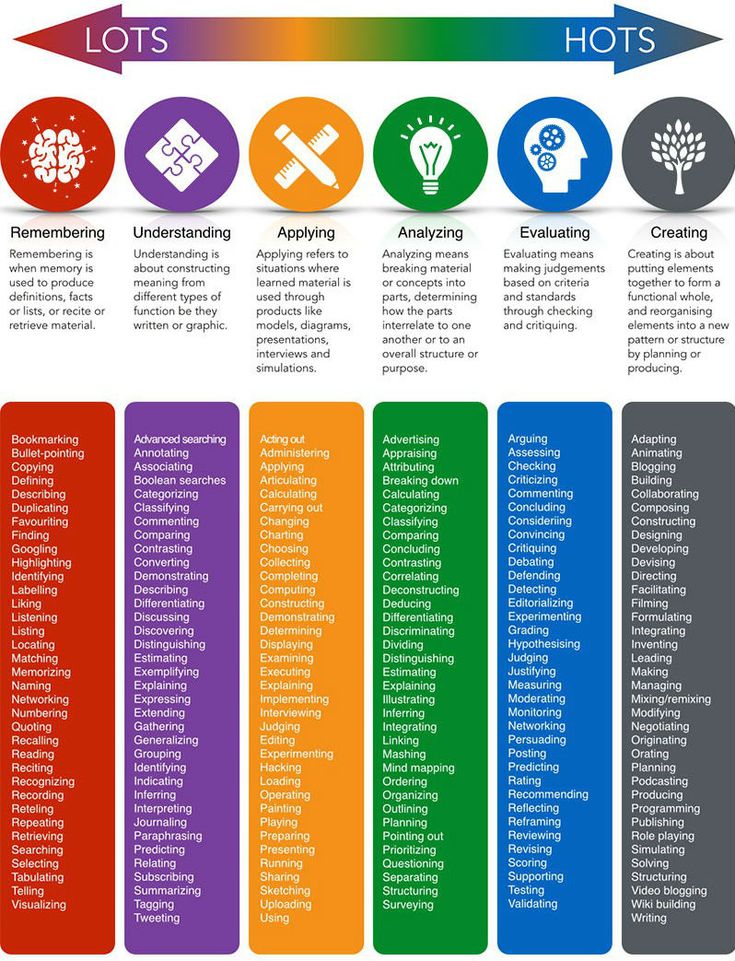
The stand itself must be visually attractive in design (with motivating phrases, for example), made of modern materials (marker film, cork, etc.) - so that children would be “pleasant” and interested in interacting with it.
Educational space design studio: we turn boring school interiors into bright and beautiful ones! View our work in the PORTFOLIO section.
By the way
Many currently existing SES assessment tools have disadvantages: they are based on purely local experience, data on the psychometric quality of methods are not published, there are practically no references to international experience, experience is often designed for individual assessment and is not scaled, and the result of assessment depends on the skills of the teacher and his attitude towards a particular student. However, if we do not have SES assessment tools, then we cannot draw conclusions about their development, can we?
The HSE Education Quality Monitoring Center, together with the Sberbank Charitable Foundation “Investment in the Future”, conducted a large-scale study of social and emotional skills in primary and secondary schools, based on an international research framework, associated with the Federal State Educational Standards for Primary and Basic Education, which resulted in developed monitoring evaluation tools.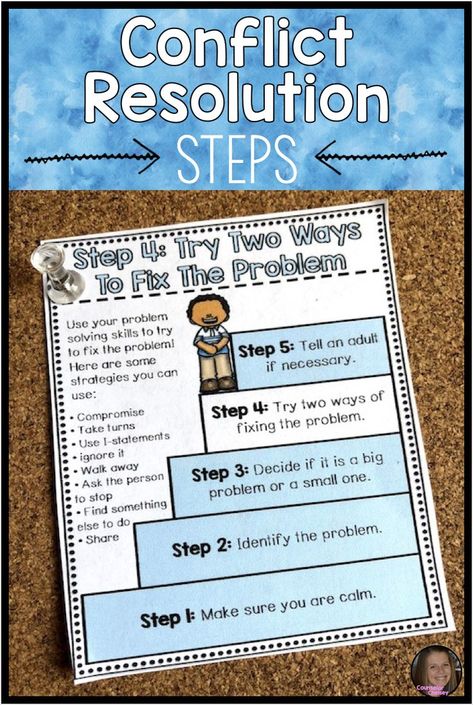
It is important that the school as a whole (that is, different teachers) have a unified system of work on the socio-emotional development of children, as well as coordinated work within the teaching team, which is organized systematically and purposefully.
Target audience of SES development methods:
- whole class or whole school,
- risk group or children with a specific problem area (e.g. very shy),
- individual students experiencing severe stress, having situational problems or going through a period of crisis (for example, in the course of adapting to a new school team when moving from one school to another).
When reprinting a link to the website of the Educational Spaces Design Studio (www.design4school.ru) is required.
Developing the social skills of children with ASD in the school environment | Presentation for the lesson (Grade 2) on the topic:
Slide 1
The development of social skills of children with ASD in the school environment GBOU TROC "Solnyshko" Moscow, February 2017 Presentation of the VIII type primary school teacher Tatyana Viktorovna Chernyaeva
Slide 2
Development social skills in the school environment Daily presence in the classroom, contact with peers and teachers allows children to gradually, naturally learn social skills - communication, self-control, interaction with the teacher and games with friends.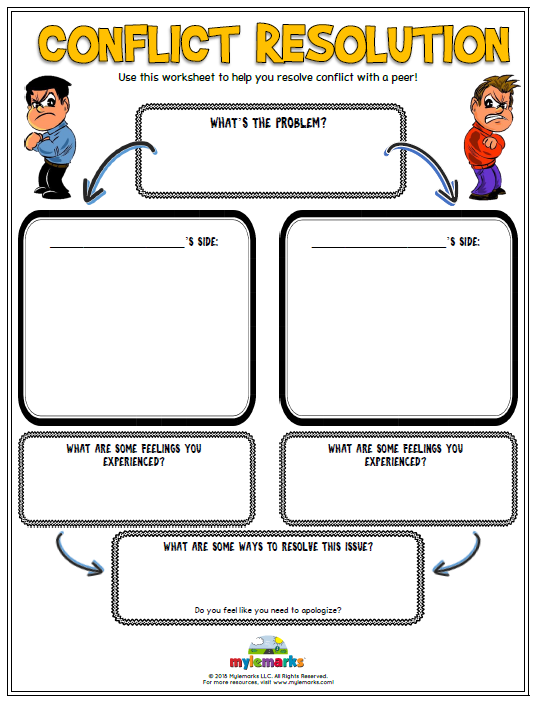
Slide 3
Development of social skills in the school environment Basic social skills The ability to maintain eye contact, maintain the necessary personal space, understand gestures and facial expressions are developed during the daily routine of the school day: during exercises, during lessons and breaks, in the canteen and on a walk .
Slide 4
Development of Social Skills in the School Environment Basic Social Skills To develop social skills in school, it is possible to use the natural interaction between the child and the teacher, the student and his classmates both in the classroom and in extracurricular activities. For example, the natural science cycle includes practical training in planting and caring for plants. During classes, children's activities are aimed at cooperation in the performance of a common task, which develops the ability to communicate.
Slide 5
Development of social skills in the school environment Interaction skills In the children's team, dialogue skills are developed, the ability to communicate on various topics in various life situations.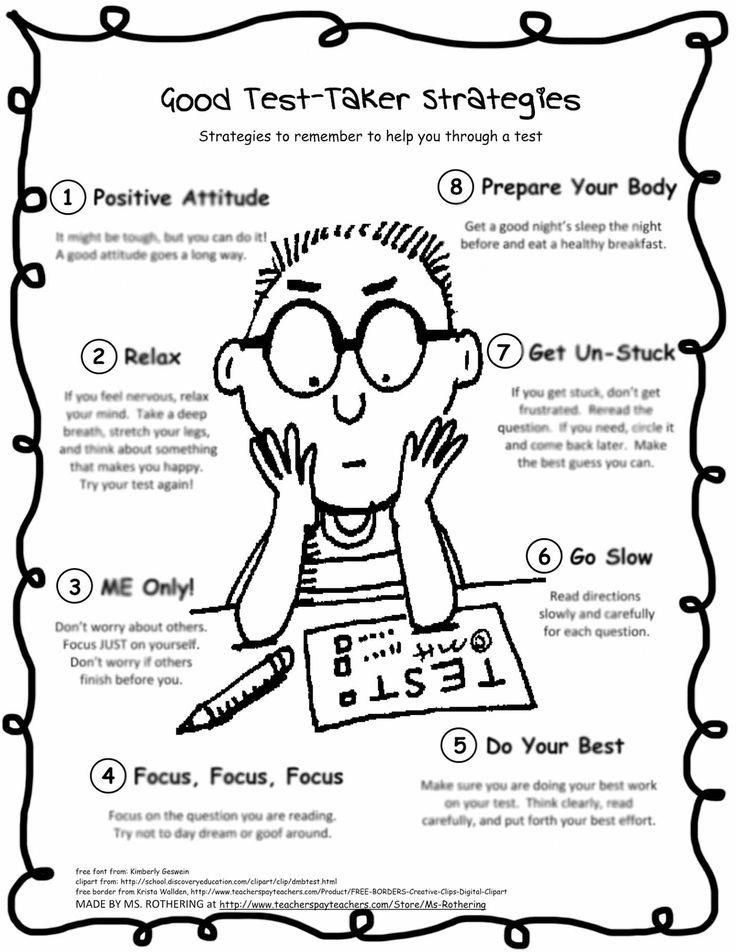 Communication with peers helps to consolidate communication skills in a natural environment.
Communication with peers helps to consolidate communication skills in a natural environment.
Slide 6
Developing Social Skills in a School Environment Interaction Skills The use of board games, other school equipment, and art and craft materials helps teach children to cooperate and even compete in games, win, and even deal with emotions when they lose!
Slide 7
Development of social skills in the school environment Interaction skills In some cases, the child must be able and not be afraid to draw attention to himself, start a conversation with a classmate. Sometimes you need to be able to join a game or invite a friend to play along.
Slide 8
Development of social skills in the school environment Emotional skills Recognition of other people's feelings, empathy, understanding facial expressions; ability to show trust - these emotional skills are developed during the performance of collective tasks
Slide 9
Developing Social Skills in a School Environment Emotional Skills Helps develop emotional skills and participate in daily school activities, such as taking care of the plants in the classroom, helping to keep the classroom clean and tidy, and attending the classroom regularly.
Slide 10
Developing Social Skills in a School Environment Emotional Skills Traditional school celebrations help fulfill the task of developing emotional skills - to teach understanding of the thoughts and feelings of others in the context of cultural social life.
Slide 11
Developing Social Skills in the School Environment Emotional Skills School holidays are used as a textbook of social behavior. The child practices the ability to give gifts, understand the meaning of congratulations and wishes to each other.
Slide 12
Development of social skills in the school environment Cognitive skills School life provides a variety of situations for training self-control, understanding of social norms, the ability to regulate one's behavior depending on the social situation. Excursions are a serious test of the social skills of students.
Slide 13
Developing Social Skills in a School Environment Cognitive Skills Collaborative creative activity is an effective method of developing cognitive skills because it gives students the opportunity to see other children's work.